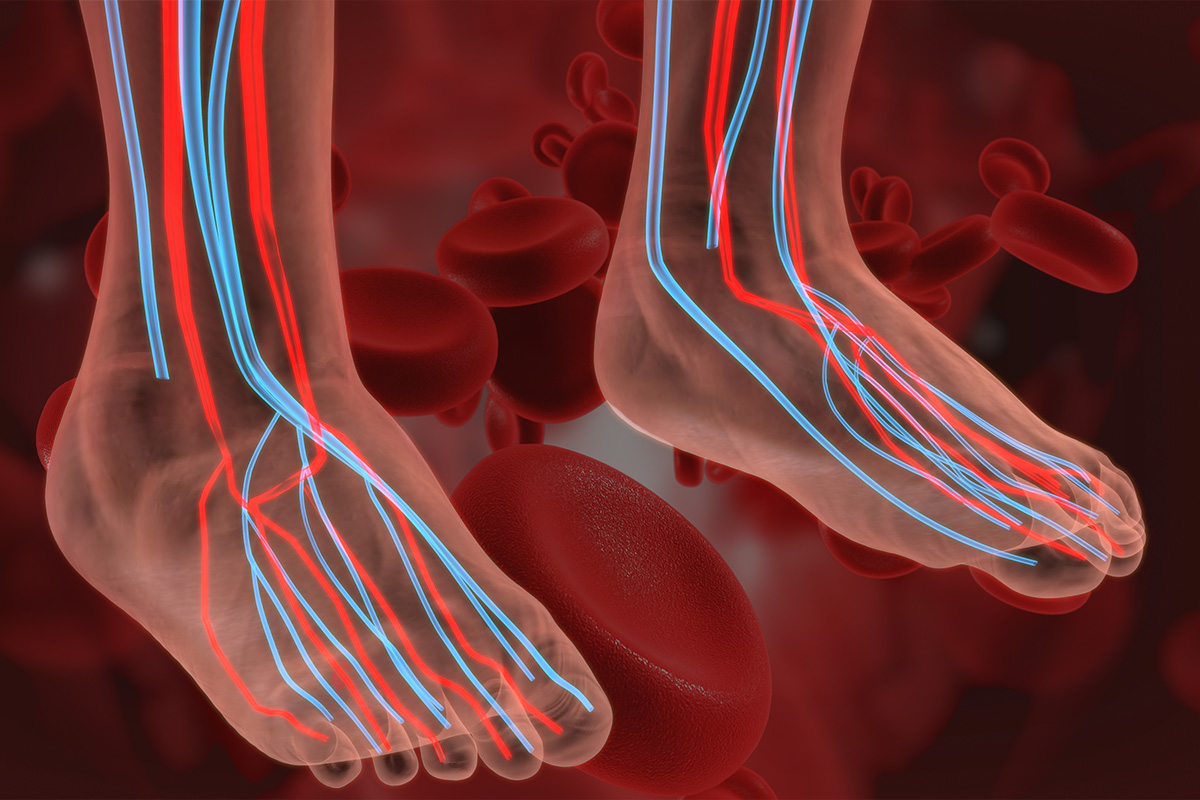Veins play an important role of pumping blood back to the heart since, the blood circulation is essential for body, blood circulation must remain unhindered. Blood clots can play havoc with blood circulation, which can be very painful and uncomfortable. However, if the formation of clots are deep in the body tissues, it is referred as; Deep Vein thrombosis (DVT). Diagnosing such an ailment is difficult, you may need the assistance of a vascular physician/surgeon. Deep Vein Thrombosis (DVT) is a blood clot that occurs in a deep in the vein. Deep Vein Thrombosis DVT can occur anywhere around the body but is mostly witnessed on the leg.
Symptoms
Here are the symptoms of deep vein thrombosis.
- Discoloration
If you notice discoloration in one of your limbs, there is a chance that you could be suffering from deep vein thrombosis (DVT). In some conditions, Deep Vein Thrombosis makes the limb look red or blue because of the uncirculated blood buildup in the veins which blocks the circulation of the blood.
- Pain
You will feel pain when you have Deep Vein Thrombosis. You will feel a cramps in the calf. If the DVT is in one of your legs, you might feel excruciating pain when you move.
- Warmth or Tenderness
The warm or tender feeling you get is because the blood is unable to circulate properly. Due to poor blood circulation, the blood moves slower, resulting rising the temperature of the body.
- Swelling
If you notice blood circulation has stagnated because of deep vein thrombosis, you might see swelling either in your leg or arm. Limbs could swell in rare situations, which may indicate that you have deep vein thrombosis that requires immediate medical attention.
Even if you don’t suffer from the symptoms mentioned above, there is still a chance that you could develop DVT. Most of the patients with deep vein thrombosis do not show symptoms. A Regular visit to a Vascular Physician/Surgeon is essential. The main signs and symptoms of DVT are pain and swelling in the affected area – usually your calf or thigh. Deep vein thrombosis (DVT) can be caused by surgery or injury to the veins. This will lead to building up of blood clots
Complication
The most serious complication of DVT is pulmonary embolism. It is when a piece of the blood clot breaks off and lodges in the lung. This causes a serious illness and is potentially life-threatening.
How is a DVT diagnosed?
Duplex ultrasound is done to confirm the diagnosis of DVT and to determine the location of the clot with the help of sound waves. This procedure is done by placing an external probe on the skin (in the area) of the suspected DVT. The sound waves are used to generate images that are displayed on the monitor. It identifies the location and severity of the occlusion in a blood vessel. It helps the physicians/surgeon to locate and examine the size of clots inside the vessels.
How can we help?
If you think you may have deep vein thrombosis, set an appointment with Vascular Physician/Surgeon. Our team of experienced Vascular Physicians/Surgeons can help stop Deep Vein Thrombosis – DVT from becoming severe. Our highly experienced Physician and Surgeon are skilled in preventing the clots from spreading into the lungs and heart. DVT can be fatal and should be assessed by a Vascular Surgeon/Physician. If you want to reduce the chances of getting DVT or think you might have it, the experienced Vascular Surgeons/Physicians at Vascular Health are always ready to assist.




